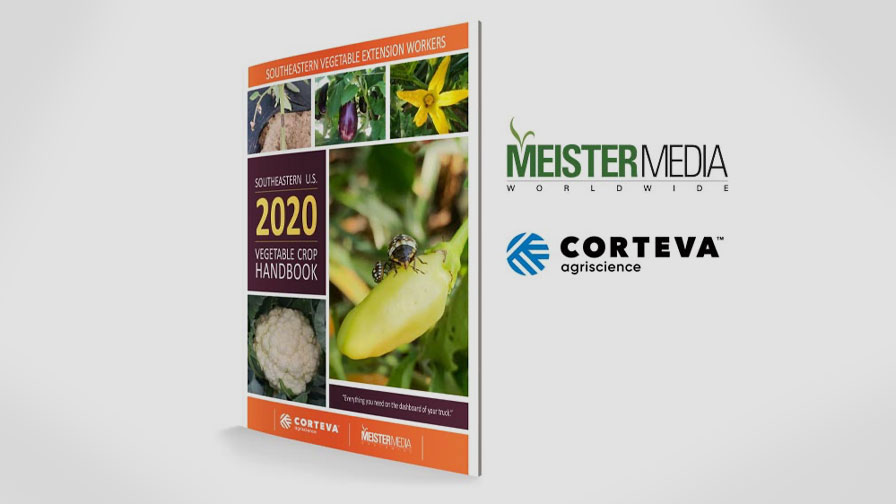Long Hullsplit Can Hamper Almond Harvest
During the almond bloom of 2009, the abnormally long period from pink bud to petal fall resulted in an extremely long pollination period for most varieties. When this occurs in other stone fruits, it is not unusual to experience difficult thinning and harvesting due to the wide range in maturities and sizes caused by the setting of fruit over an extended bloom period. In almonds, where every set nut is desired to be retained until harvest, not only is a wide range of kernel sizes seen at harvest, but a long and drawn-out hullsplit usually occurs.
Without a concise hullsplit and nut maturity, many cultural concerns may surface, and 2009 definitely showed its share of these problems. They can range from increased potential insect damage to difficulties in managing irrigations and subsequent hullrot and tree stress.
Most hullers are reporting insect damage levels in 2009 up from the relatively low 2008 levels. When hullsplit occurs over a long period, it is difficult to time worm sprays for those who choose this treatment timing. Even if the timing is proper, many nuts that split later are not protected from these treatments. Ant damage is also more prevalent in years of slow nut maturity. This problem is twofold. First, when both dry and very green nuts are on the same tree, several nuts may drop early and increase exposure to ant populations. Second, with many green nuts at the time of shaking, nuts need to lie longer on the ground to dry, again extending their exposure to ants.
Water Stress
Water stress has been especially difficult to manage in 2009, due to the range in nut maturity and the long drying times. In some cases, Nonpareil or other early varieties took so long for the last green nuts to dry, that after sweeping and pickup, the pollenizer varieties were severely stressed or experienced significant leaf drop.
Of particular significance related to the extended hullsplit period was the amount of hullrot affecting primarily, but not exclusively, Nonpareil. With such a long drawn-out hullsplit, it is more difficult to implement deficit irrigations to manage hullrot. With the early splitting nuts, the deficits are not soon enough, and high hydration at their splitting resulted in hullrot. When the deficits were terminated on the same trees and water was applied to end the deficit, many nuts had still not split or were in the process of splitting, and the hydration resulted in more hullrot.
Harvesting Issues
Harvesting was affected by the wide range of maturities, as well. In some cases, shaking, sweeping, and pickup were done with typical timing intervals, but the amount of green nuts in the mix resulted in lots coming in above desired moisture. With the Padre variety, some growers who waited for all of the nuts to dry sufficiently for harvest ended up with a huge poling bill to remove the dried/gummed-on nuts. Those who shook earlier to beat the dried stuck nuts ending up with a huge poling bill to beat off all of the lower green un-split nuts. In Butte/Padre blocks that were targeted for once-over-harvest, some had to be picked up separately, since many of the late-splitting Buttes were well behind the Padre.
Predicting a drawn-out harvest may not always be possible based on a long bloom period, as conditions during the growing season will also impact this. However, in springs where this is evident, growers should be prepared to deal with some of these management issues that may likely surface.










